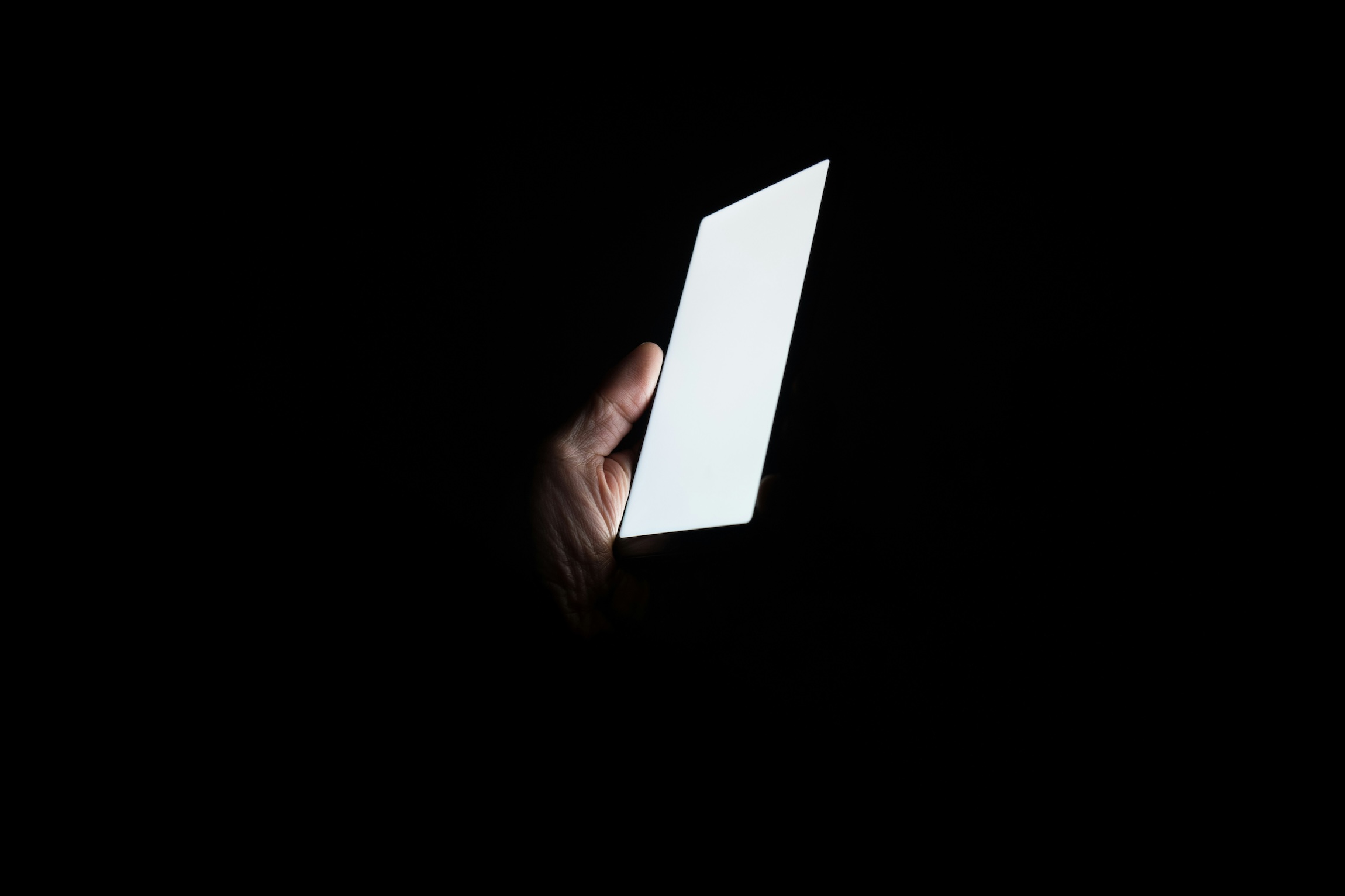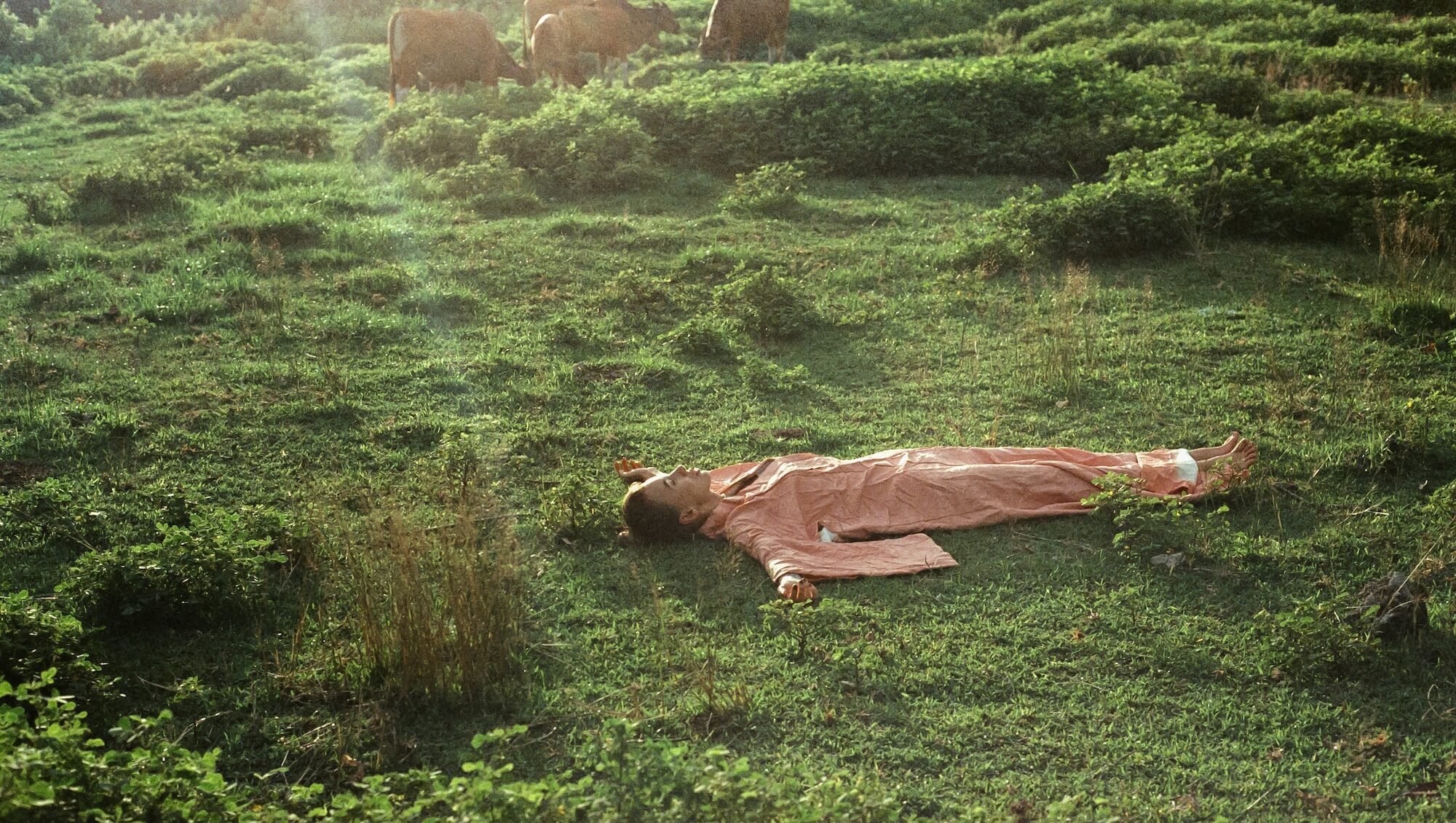Photo by Brands&People
Do we keep contributing to the chaos of the attention economy, or do we design with intention?

This edited volume examines the interplay between human attention and the demands of the digital economy. It offers insights from various experts on how attention is allocated, the impact of technology on cognitive capacities, and strategies to enhance focus and well-being in an era characterized by constant distraction.
The concept of the “attention economy” became a hot topic in the 1990s when experts recognized that human attention is a limited resource in an era of information overload. Michael H. Goldhaber coined the term in 1997, highlighting that as content proliferates, attention becomes increasingly valuable. Even earlier, psychologist and economist Herbert A. Simon warned that an abundance of information inevitably leads to a scarcity of attention.
Today, digital platforms, social media, and advertising strategies are built around capturing and monetizing our focus. Many products seem designed to be louder and more intrusive, resulting in increased stress, constant distractions, and a diminished ability to concentrate. The attention economy thrives on this competition for our time, often at the cost of our well-being.
A Shift Towards the Intention Economy
Recently, I came across a concept that reframes our relationship with technology: the Intention Economy, introduced by Imran Rashid. Instead of simply capturing attention, the intention economy focuses on using technology to help users achieve meaningful goals. Rashid states, “Technology should serve the user, not steal their attention.”
This shift is crucial. In a world where every digital interaction is optimized to retain users for as long as possible, the intention economy proposes a more user-centered approach. One where design prioritizes purpose over passive engagement. Rather than bombarding users with notifications and distractions, products should align with their genuine needs and aspirations.
Designing for Intention Over Attention
As designers, creators, and business leaders, we have a choice. Do we continue contributing to the noise of the attention economy, or do we craft experiences that promote intentionality and well-being?
The future lies in tools that support focus, productivity, and real human needs, not just engagement metrics. By embracing intention over attention, we can design a digital landscape that empowers users rather than overwhelms them. The shift starts with us.

Photo by Andrew Guan




